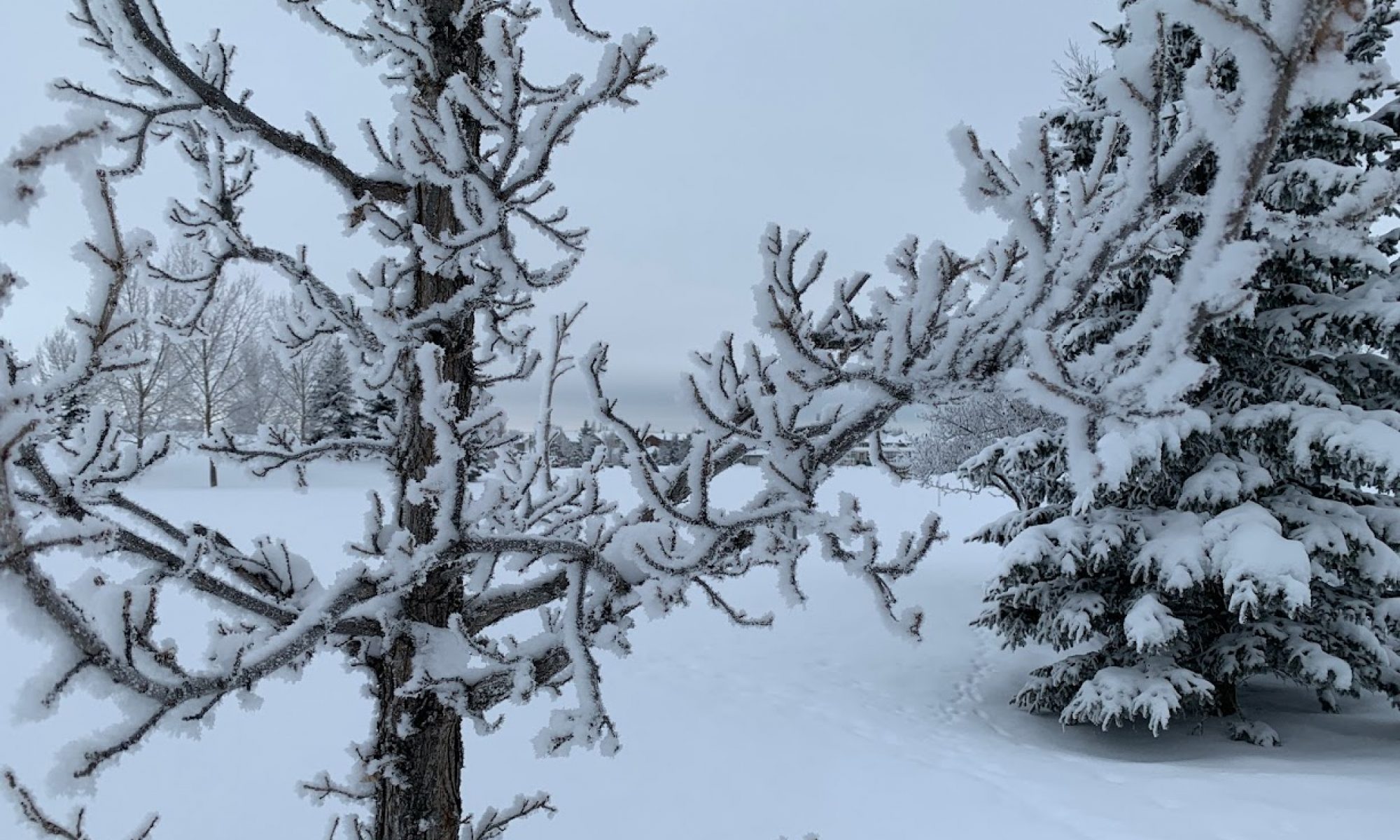Fatherhood is funny.
Finding honest and interesting things to do with a young child can lead one down all sorts of previously unfollowed paths of creative exploration and into all kinds of time-filling follies.
For (nearly) fourteen years I’ve been nudging my daughter to try new things, to explore her creative self, and find fanciful ways to fill her mind with fabulous experiences.
For whatever reason for which I can’t quite recall, I was recently exploring something far less fanciful: the closet in my office… which is in itself an archeological site dating back to my having moved into the space well over a decade ago.
Finding my old university textbooks was not surprising, but finding those same textbooks stuffed full of dried wild flowers was something that I had obviously done long ago but almost forgotten about.

Foggy though my memory was on the exact timeline, I recall spending the day with my toddler-aged daughter in the local natural areas of the river valley, filling our days with simple delights and effortless fun.
Frolicking through the tall grasses and between the poplar trees, I remember that we picked flowers and I’d promised her that we would dry them and “make a present for mommy.”
Fascination is an emotion so easily overwhelmed by impatience, especially for someone only three or four years old, and I assume the flowers were stuffed into some conveniently fulsome tomes, my old microbiology textbook for one, to begin the drying and pressing process, then…
Forgotten.
Fast forward to this week and the aforementioned archeological dig through the back corners of my closet revealed a small stack of flagrantly outdated text books filled with the feathered edges of wax paper pressings, and a dozen or so samples of decade-old dried flowers.
Finding something meaningful to do with these fragments of my shared history with a daughter who is growing up and out so quickly may be a fruitless effort, or…
Forcing some kind of nostalgia into something so fleeting, a single day from a forgotten timeframe shared by a father and daughter my prove old-fashioned to her teenage eyes.
Faithless as that may seem, I almost stuck those textbooks back into the dark corners of my closet to wait out another decade.
Flowers, dried and brittle, imbued with some kind of narrative for a long lost day would likely age further and form an even more fortified link to that flipbook past given a few more fleeting years of passing time, or…
Forgotten again.
Frail and lost to time.
Famous to no one but my fleeting recollection of a fragile moment.
Fatherhood is funny, and fumbling my forties with emotions and curiously fading memories in unforeseen forms on an otherwise quiet Friday morning.


